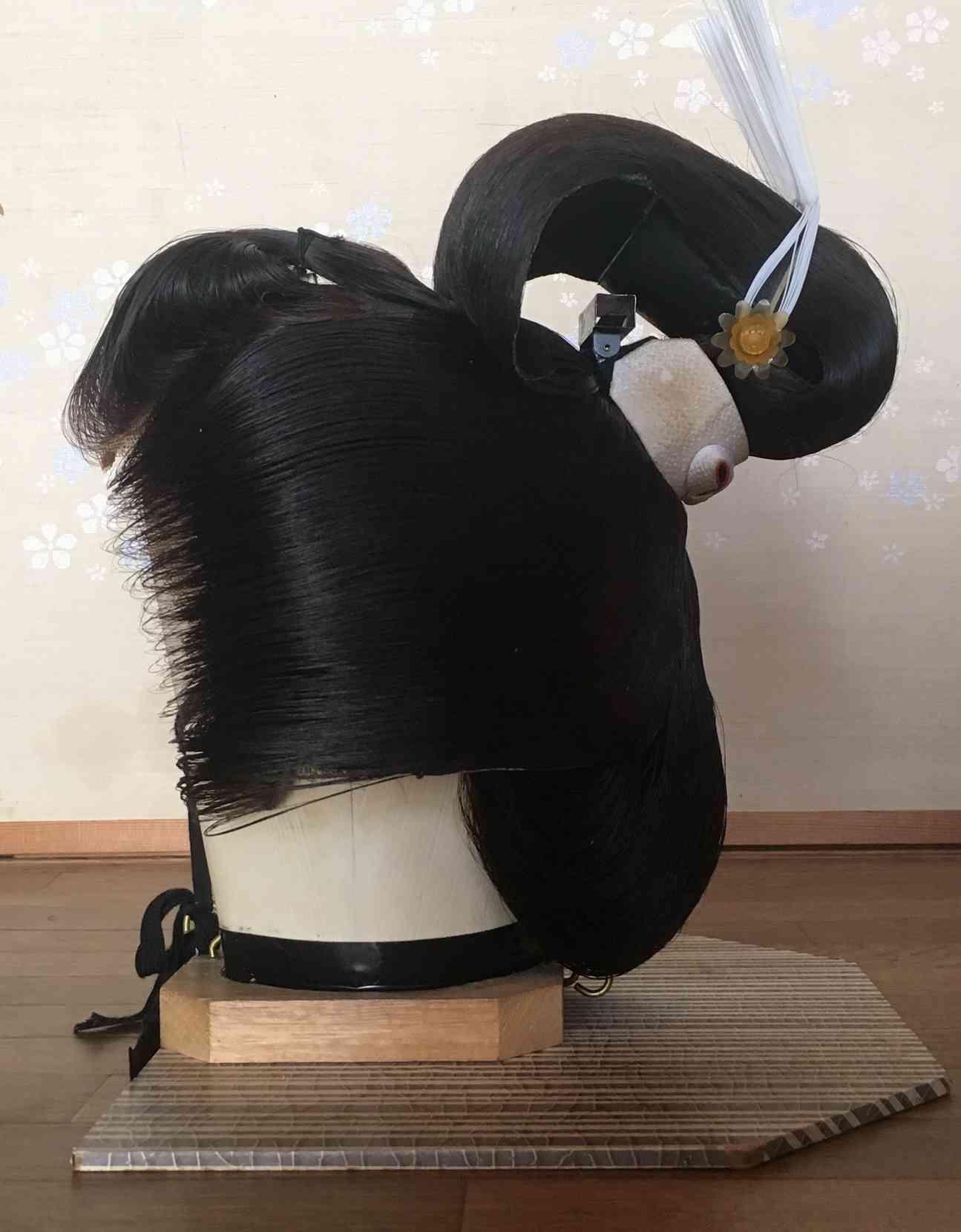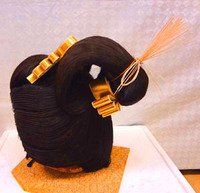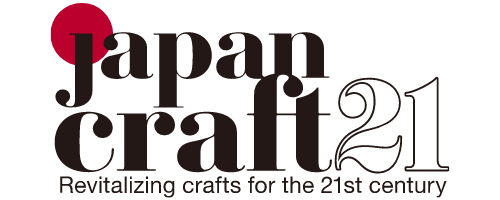矢野かもじ Yano kamoji
Yano Kamoji is produced in Yano-cho, Aki-ku, Hiroshima City, Hiroshima Prefecture. Kamoji refers to hair piece or hair extensions used for hair styling, but in a broader term, it also includes wigs. Yano Kamoji was popularized nationwide at the end of the Taisho era due to the clay called higetsuchi, required for removing oil from the wig, was available in Yano-cho. Furthermore, plenty of water, which was necessary for washing these wigs, flowing from the valley through the town gave a perfect environment for Kamoji production in Yano-cho.
矢野かもじ (やのかもじ)は広島県広島市の安芸区矢野町で生産されています。かもじとは、結髪に使う添え毛・入れ毛・足し毛のことを言いますが、広い意味ではかつらもこれに含まれます。油抜きに必要なひげ土と呼ばれる粘土が矢野町で採れることや、谷間から流れる豊富な水が町内を流れ、かもじ洗いに適していたことなどから、矢野かもじは大正時代の終り頃に全国生産の70%を占めていました。


Find out more at Traditional Japanese Crafts.
From Hiroshima Crafts Website:
It is well known all over Japan “as Yano-cho, kamoji (rat).” Kamoji means “false hair” put into or added to a woman’s own hair to arrange a hairstyle when a woman sets Japanese-style hair with her own, which includes in a wider sense a “wig.
” Kamoji manufacturing was started by Osakaya Kichibei in Yano during the Kanei Period, the beginning of the Edo Era about 350 years ago. The peak of the kamoji industry was from the end of the Meiji Era to the beginning of the Showa Era, and Yano accounted for 70% of the total production of kamoji in Japan and 80% of all the townspeople were involved in kamoji manufacturing.
At that time, the reason for the flourishing kamoji manufacturing was the characteristic locality of Yano-cho. As clay called “hige clay,” which is best as a process for removing oil from human hair, the most difficult of the processes of kamoji manufacturing were extensively produced in Yano-cho and rich waters from the valley flowed through the town which was suitable for washing kamoji and because of them, Yano-cho boasted of the largest production volume in Japan.




